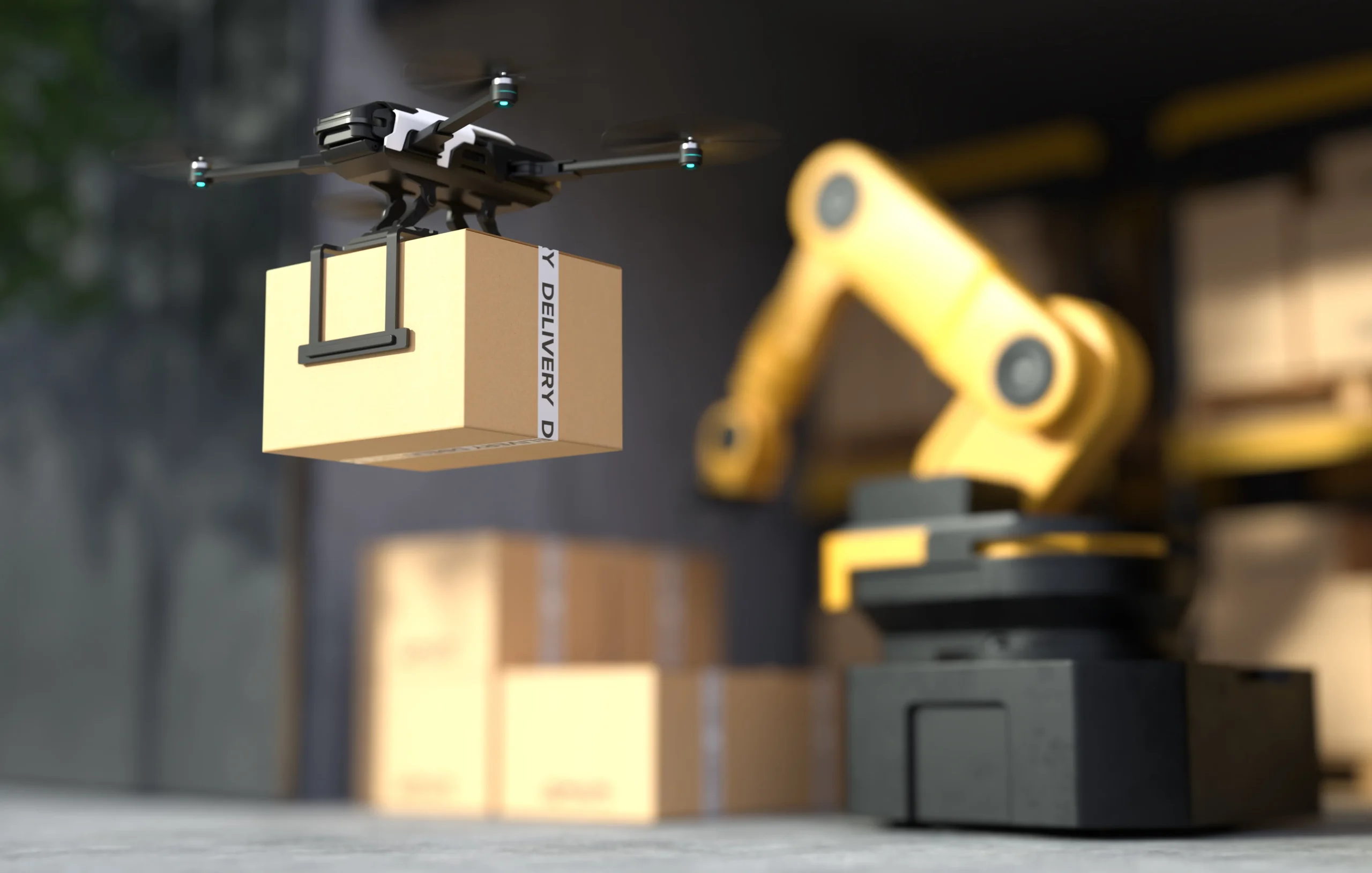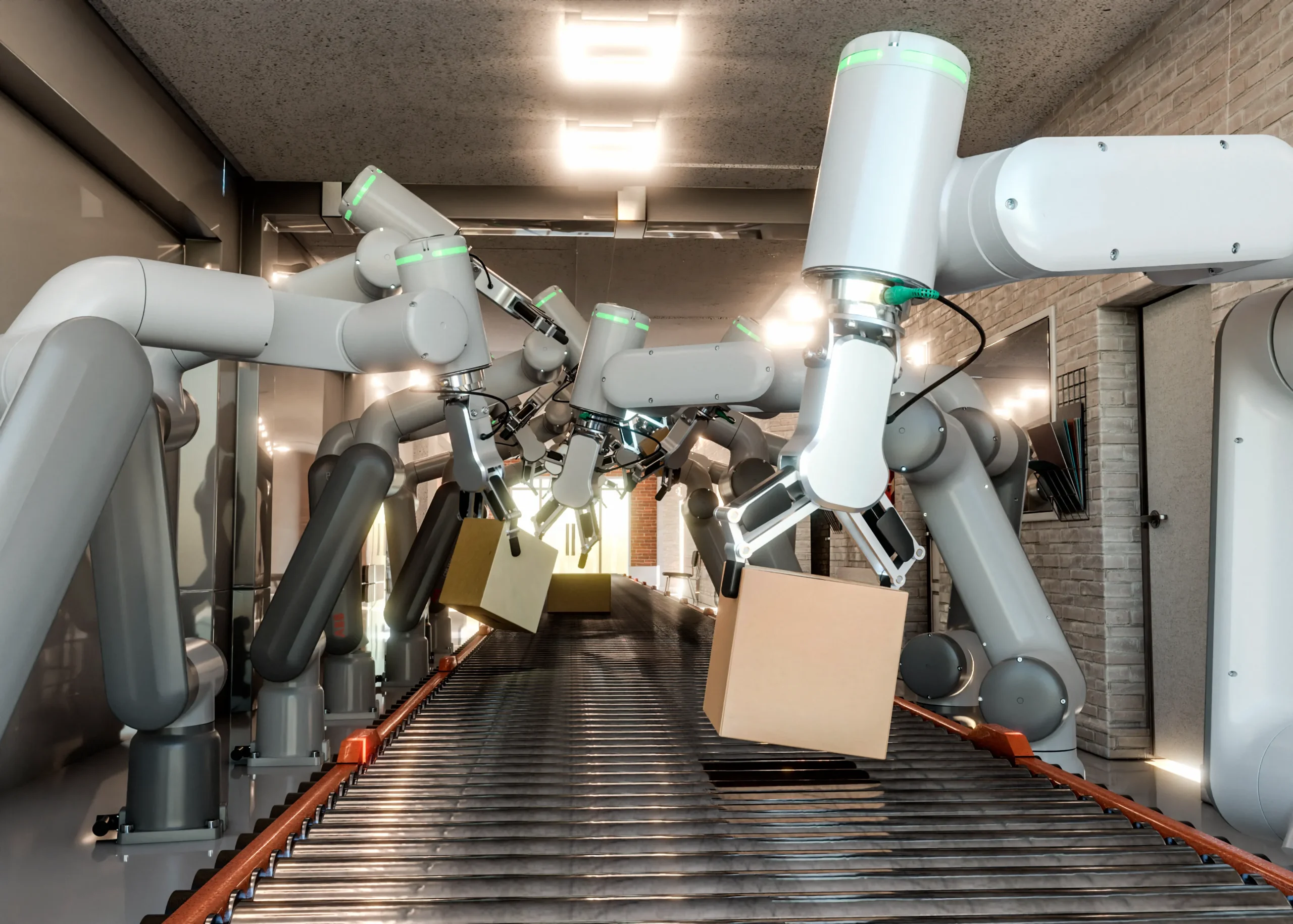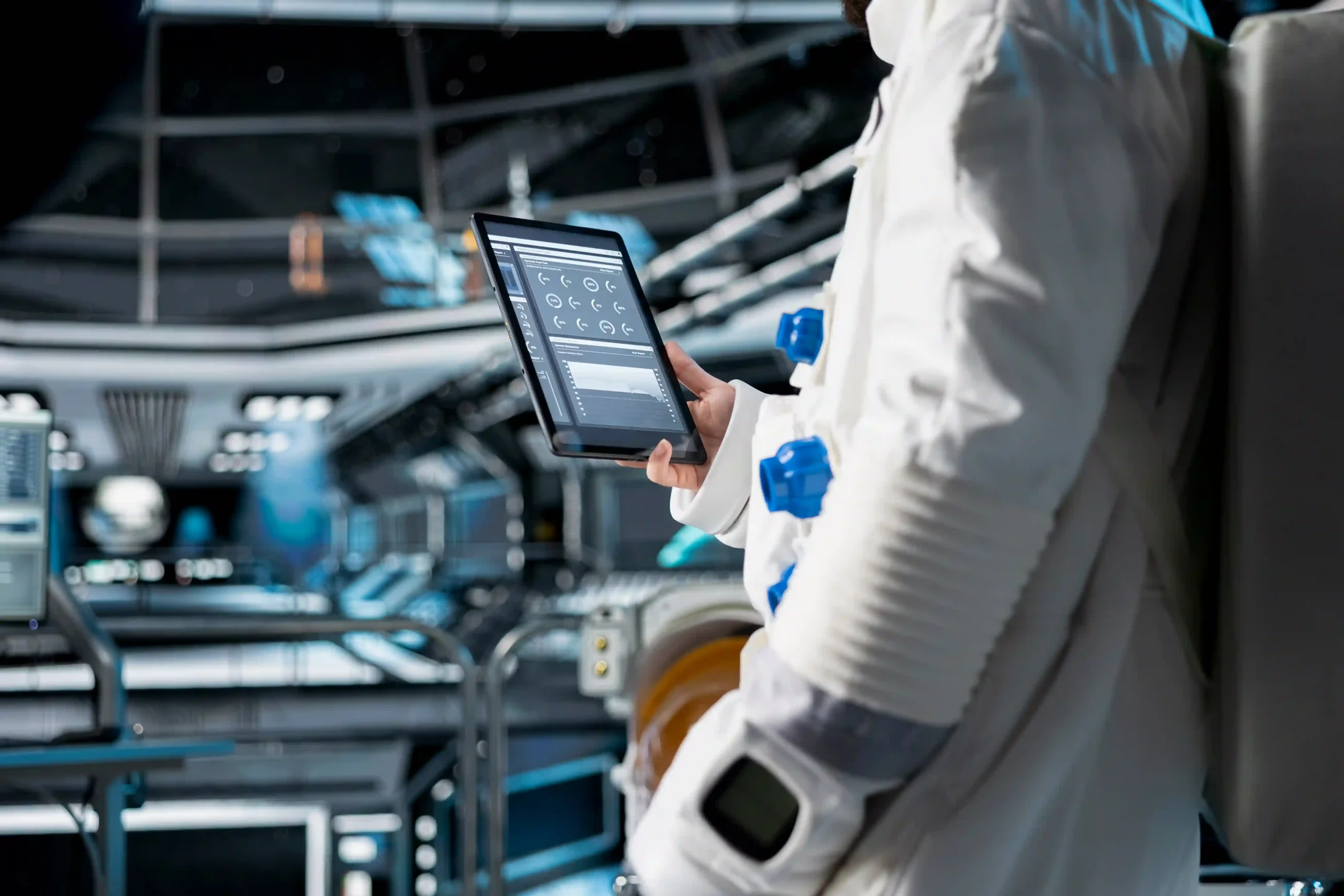The footwear industry, like many other manufacturing sectors, has experienced a dramatic transformation thanks to robotics. As demand for faster production, superior quality, and cost-effective manufacturing rises, incorporating robotics into the shoe manufacturing production process has become increasingly important. This blog will explore how robotics in footwear production is reshaping the industry, improving processes, and paving the way for innovation in shoe manufacturing.
What is Robotics in Footwear Production?
Robotics refers to the use of machines or automated systems to perform tasks traditionally carried out by humans. In the footwear industry, robotics in footwear production includes a wide range of technologies, from robotic arms for stitching and assembling to automated systems for material handling and packaging. These technologies are being integrated into production lines to enhance speed, precision, and efficiency.
Robotics has been integrated into the footwear industry for several years, but its full potential is still being realized. In recent years, the industry has seen significant improvements in production processes, quality control, and customization capabilities through robotic systems.

How Does Robotics in Footwear Production Change the Manufacturing Process?
Robotics is revolutionizing the shoe manufacturing process in several ways. By automating repetitive tasks, robotics not only speeds up production but also ensures more consistent and high-quality products. Here’s how robotics is making an impact on the footwear production line:
1. Automation of Cutting and Assembly
One of the most common applications of robotics in footwear production is in the cutting and assembly stages. Robotic arms can precisely cut materials such as leather, rubber, and synthetic fabrics. Automated stitching machines are capable of stitching shoe parts with high precision, ensuring that each piece meets the exact specifications required. By eliminating manual errors, robotic systems help maintain uniformity in every shoe produced.
2. Material Handling and Logistics
Robots are also used for material handling, from transporting raw materials to packaging the finished product. These robotic systems improve efficiency by reducing the need for human labor in logistics, which often involves repetitive and physically demanding tasks. Automated guided vehicles (AGVs) and robotic arms are employed to move materials across the production line, reducing delays and optimizing workflow.
3. Quality Control
Robotics in footwear production plays a crucial role in quality control. Automated inspection systems are capable of detecting defects in materials or finished products. These systems use sensors and advanced imaging technologies to identify irregularities, ensuring that each shoe meets the required standards before it is packaged and shipped. As a result, manufacturers can reduce the number of defective products, improve customer satisfaction, and lower returns.
4. Customization and Flexibility
Incorporating robotics allows footwear manufacturers to meet the growing demand for customized shoes. Robots can be programmed to adapt to different designs, materials, and sizes, providing the flexibility needed for bespoke or small-batch productions. This is particularly valuable in an era where consumers seek personalized products. Robotics can produce a wide variety of shoes without the need for a complete overhaul of the production line, offering both speed and customization.
Key Advantages of Incorporating Robotics in Footwear Production
Integrating robotics into the footwear production line brings numerous advantages, some of which include:
1. Increased Efficiency and Speed
Robotic systems can work continuously, 24/7, without the need for breaks or downtime. This leads to a significant increase in production speed, reducing the time required to produce each shoe. For manufacturers, this means higher output and faster delivery times to customers.
2. Improved Consistency and Quality
Robots are programmed to follow precise instructions and repeat tasks with high accuracy. This ensures that each product is manufactured to the same standard, minimizing variations and human errors. As a result, shoes produced through robotic systems have a higher level of consistency and quality.
3. Cost Reduction
While the initial investment in robotics may be substantial, the long-term savings are significant. Automation reduces the need for manual labor, cuts down on errors, and minimizes material waste. Over time, these cost savings outweigh the upfront costs of implementing robotic technology.
4. Enhanced Safety
By automating hazardous or repetitive tasks, robotics reduces the risk of injury to workers. Robots handle physically demanding jobs, such as lifting heavy materials or operating dangerous machinery, creating a safer work environment.

Robotics vs. Traditional Manual Shoe Manufacturing
While traditional manual shoe manufacturing still has its place in the industry, especially for high-end or custom products, robotics offers clear advantages in terms of speed, precision, and scalability. Here’s a quick comparison:
| Factor | Robotics in Footwear Production | Traditional Manual Production |
|---|---|---|
| Speed | High; 24/7 operation | Moderate; dependent on labor hours |
| Quality Control | Consistent; automated inspection | Variability due to human error |
| কাস্টমাইজেশন | Flexible for small batches and bespoke products | Limited flexibility, typically mass production |
| Labor Costs | Reduced over time | High; dependent on workforce size |
| Efficiency | High; optimized workflow | Lower due to human involvement |
Challenges of Integrating Robotics in Footwear Production
While the advantages of incorporating robotics are clear, there are also challenges to consider. These include:
- High Initial Investment: The upfront cost of robotic systems can be substantial, making it difficult for smaller manufacturers to adopt.
- Complex Implementation: Setting up robotic systems requires careful planning, including adjusting the production line and retraining staff.
- Technical Expertise: Robotics requires specialized knowledge to operate and maintain, which may require hiring new personnel or providing additional training for existing workers.

The Future of Robotics in Footwear Production
As technology advances, the role of robotics in footwear production will continue to grow. Future developments may include:
- Artificial Intelligence Integration: AI can be used to enhance robotic systems, allowing them to adapt to changes in production more dynamically.
- Smarter Manufacturing: Robotics will increasingly be integrated with IoT and data analytics, enabling predictive maintenance and real-time monitoring of production processes.
- টেকসই উন্নয়ন: Robotics will play a key role in making footwear production more sustainable by reducing waste, energy consumption, and carbon emissions.
Conclusion
The integration of robotics in footwear production is transforming the industry, providing manufacturers with the tools they need to improve efficiency, reduce costs, and offer better products to consumers. By automating critical tasks such as cutting, assembly, quality control, and material handling, robotics enhances every aspect of the footwear manufacturing process. As technology continues to evolve, the potential for robotics in the footwear industry is immense, and companies that embrace this change will be well-positioned to lead the market.
Frequently Asked Questions
Q1: What are the main advantages of using robotics in footwear production?
The main advantages include increased speed, precision, reduced labor costs, improved quality control, and enhanced safety.
Q2: Can small footwear manufacturers afford to incorporate robotics into their production lines?
Yes, while the initial investment can be high, smaller manufacturers can start with smaller robotic systems for specific tasks and gradually scale up over time.
Q3: How do robots contribute to customization in footwear manufacturing?
Robots can be programmed to handle various materials and designs, allowing manufacturers to produce customized shoes without needing a complete overhaul of the production line.
